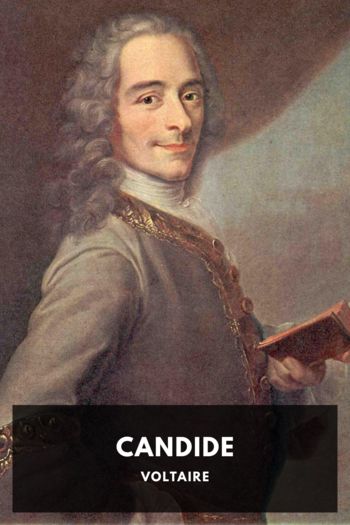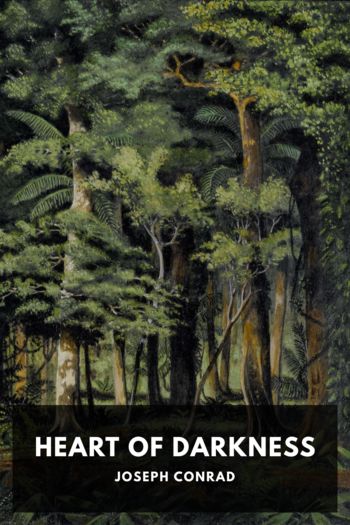Genre Other. Page - 309

Description
The Picture of Dorian Gray was first published as a serial in Lippencott’s Monthly Magazine, and the publishers thought it would so offend readers that they removed nearly 500 words without Wilde’s approval. Wilde soon expanded it and republished it as a novel, including a short preface justifying his art. Even though his contemporaries considered it so offensive that some argued for his prosecution, Dorian Gray today survives as a classic philosophical novel that explores themes of aestheticism and double lives. Couched in Wilde’s trademark cutting wit, Dorian Gray is still being adapted today, with Dorian and his moldering portrait remaining cultural touchstones.

Description
Roman Emperor Marcus Aurelius Antoninus Augustus was the model of what we call a philosopher-king. Though his rule was troubled by war and conflict, he remained a thoughtful and even-handed ruler.
Meditations isn’t a complete book, but rather a collection of his personal diary entries written over a ten-year campaign in Greece. The entries were never meant to be published; instead, they were a reminder to himself of how to remain calm, tranquil, and kind, even in the worst of situations. In them we see the emperor working out how to deal with the everyday problems all of us face: annoying coworkers, difficult family members, the expectations of others, unrealized goals and achievements, and, ultimately, happiness.
The episodic nature of Meditations makes it hard to follow at times, but in exchange we get a deeply personal window into the life of one of Rome’s most unique emperors, and more importantly, a handbook of thoughtful advice on how to live a tranquil, satisfied, and productive life.

Description
In 1910 famous explorer Robert Falcon Scott led the Terra Nova Expedition to the South Pole. The expedition was part scientific and part adventure: Scott wanted to be the first to reach the pole.
The expedition was beset by hardship from the beginning, and after realizing that they had been beaten to the pole by Roald Amundsen’s Norwegian Expedition, the party suffered a final tragedy: the loss of Scott and his companions to the Antarctic cold on their return journey to base camp.
The Worst Journey in the World is an autobiographical account of one of the survivors of the expedition, Apsley Cherry-Garrard. It’s a unique combination of fascinating scientific documentary, adventure novel, and with the inclusion of Scott’s final journal entries, horror story. Journey is peppered throughout with journal entries, illustrations, and pictures from Cherry-Garrard’s companions, making it a fascinating window into the majesty and danger of the Antarctic.

Description
The Tao Te Ching is a classic Chinese text written around the 6th century BC by Laozi, a Zhou-dynasty courtier. While its authorship is debated, the text remains a fundamental building block of Taoism and one of the most influential works of its time. Today it’s one of the most-translated works in the world.
The work itself is a series of 81 short poetic sections, each one written in a fluid, ambiguous style, leaving them open to wide interpretation. Subjects range from advice to those in power to advice to regular people and adages for daily living. Because of its ambiguous nature the Tao Te Ching is famously difficult to translate, and many, if not all, translations are significantly influenced by the translator’s state of mind. This translation is by James Legge, a famous Scottish sinologist and the first professor of Chinese at Oxford University.

Description
Candide is the picaresque tale of the titular character’s fantastical journey from an insular, idealized life in a picturesque castle through the difficulties and evils of the real world. Satirical, comical, witty, and cutting, Candide was widely banned in its day for containing blasphemous and seditious concepts. Despite that, it survived controversy to become an important book in the Western literary heritage. Today Candide remains a breezy and darkly funny read.

Description
The Prince is a book that was controversial before it had even been sent to the printer. Written in vernacular Italian instead of Latin, dedicated to a member of one of the most powerful Italian families of the day, and only printed after Machiavelli’s death, this treatise on how to tyrannize effectively was considered shocking even by his contemporaries. The discussion of its morality that continues to this day gives us the modern-day word Machiavellian.
The book is organized into several sections, each one giving direction on the ruthless rule of principalities that Machiavelli based on both reading and personal experience. Despite its controversial nature, The Prince is often cited as one of the first examples of modern philosophical thought, and the “advice” contained within is still quoted as relevant today.

Description
Dracula is one of the most famous public-domain horror novels in existence, responsible not just for introducing the eponymous Count Dracula, but for introducing many of the common tropes we see in modern horror fiction.
Count Dracula isn’t the first vampire to have graced the pages of literature—that honor is thought to belong to Lord Ruthven in The Vampyr, by John William Polidori—but Dracula is the vampire on which modern vampires are based.
Dracula wasn’t as famous in its day as it is today; readers of the time seemed to enjoy it as nothing more than a good story, and Stoker died nearly penniless. But its long-lasting influence is undeniable, and for all its age Dracula remains a gripping, fast-paced, and enjoyable read.

Description
Baron Hieronymus Karl Friedrich, Freiherr von Münchhausen, was an actual baron living in 18th-century Hanover famous for entertaining his guests with outrageously-embellished tales of his wartime exploits—so much so that his nickname in German is Lügenbaron, or “Baron of Lies.” When Rudolph Eric Raspe, a writer and scientist living in England, heard of the Baron’s tales, he wrote his own versions centered around a fictional Baron Munchausen.
While the real Baron wasn’t amused to have his name attached to a silly character famous for his bald-faced lies, Raspe’s tales became hugely popular, reprinted for hundreds of years and illustrated just as many times. These very short tales were originally intended as contemporary satire, but their outrageous silliness is still entertaining today.

Description
Originally published serially as a three-part story, Heart of Darkness is a short but thematically complex novel exploring colonialism, humanity, and what constitutes a savage society. Set in the Congo in Central Africa, the tale is told in the frame of the recollections of one Charles Marlow, a captain of an ivory steamer. Marlow’s search for the mysterious and powerful “first-class agent” Kurtz gives way to a nuanced and powerful commentary on the horrors of colonialism, called by some the most analyzed work at university-level instruction.

Description
Walden is one of the more famous transcendentalist tracts in modern American literature. First published in 1854, Walden is an account of Thoreau’s famous experiment in solitude: spending over two years alone in a cabin near the wilderness.
Walden is broken into sections that meditate on single themes: economy, reading, sounds, solitude, visitors, and so on. The style is complex, weaving back and forth between simple, home-spun prose and complex allegory, metaphor, and allusion. This makes Walden an interesting read because while it may seem accessible on the surface, it’s a book that requires deep and repeated reading to fully appreciate its many complexities.